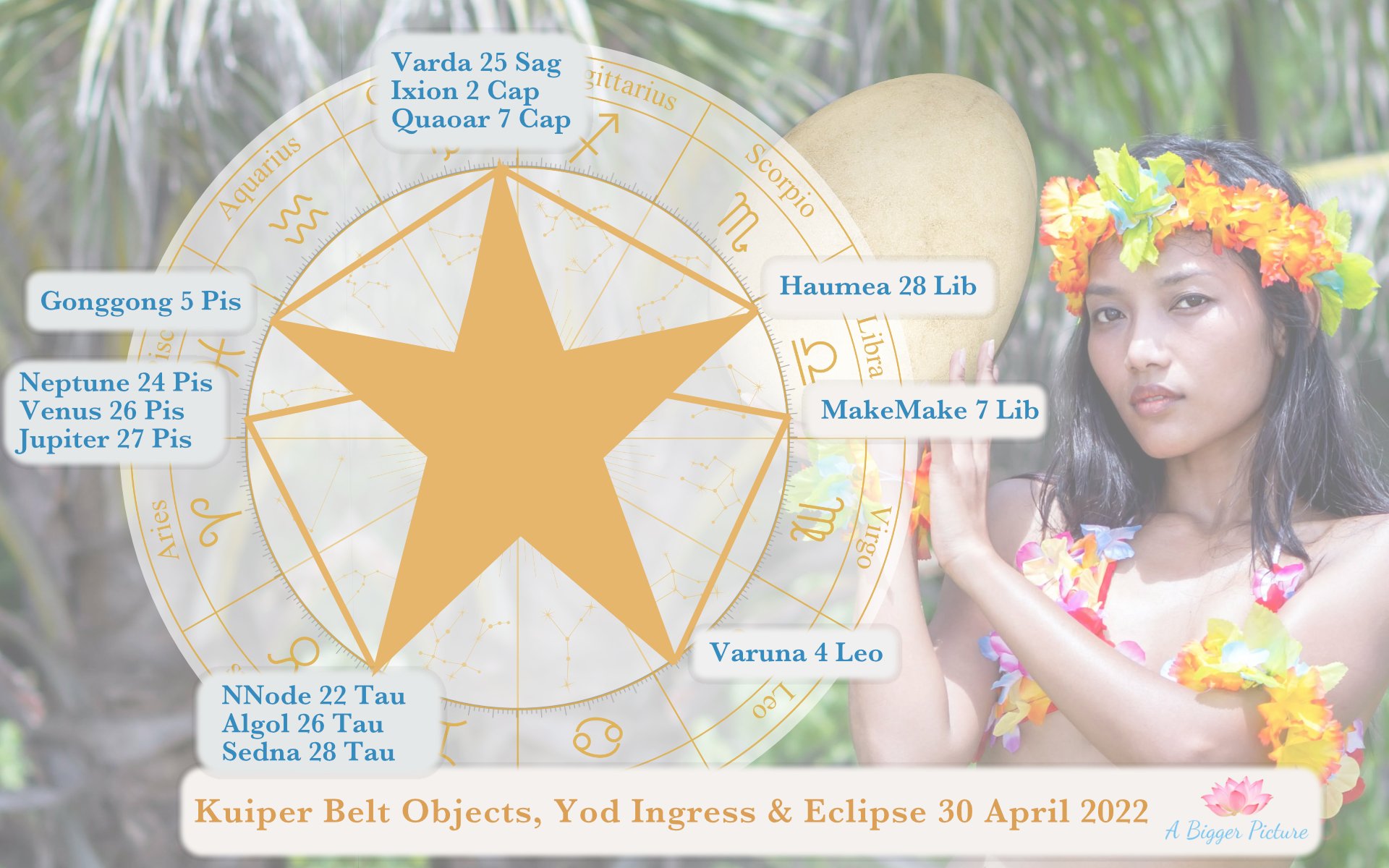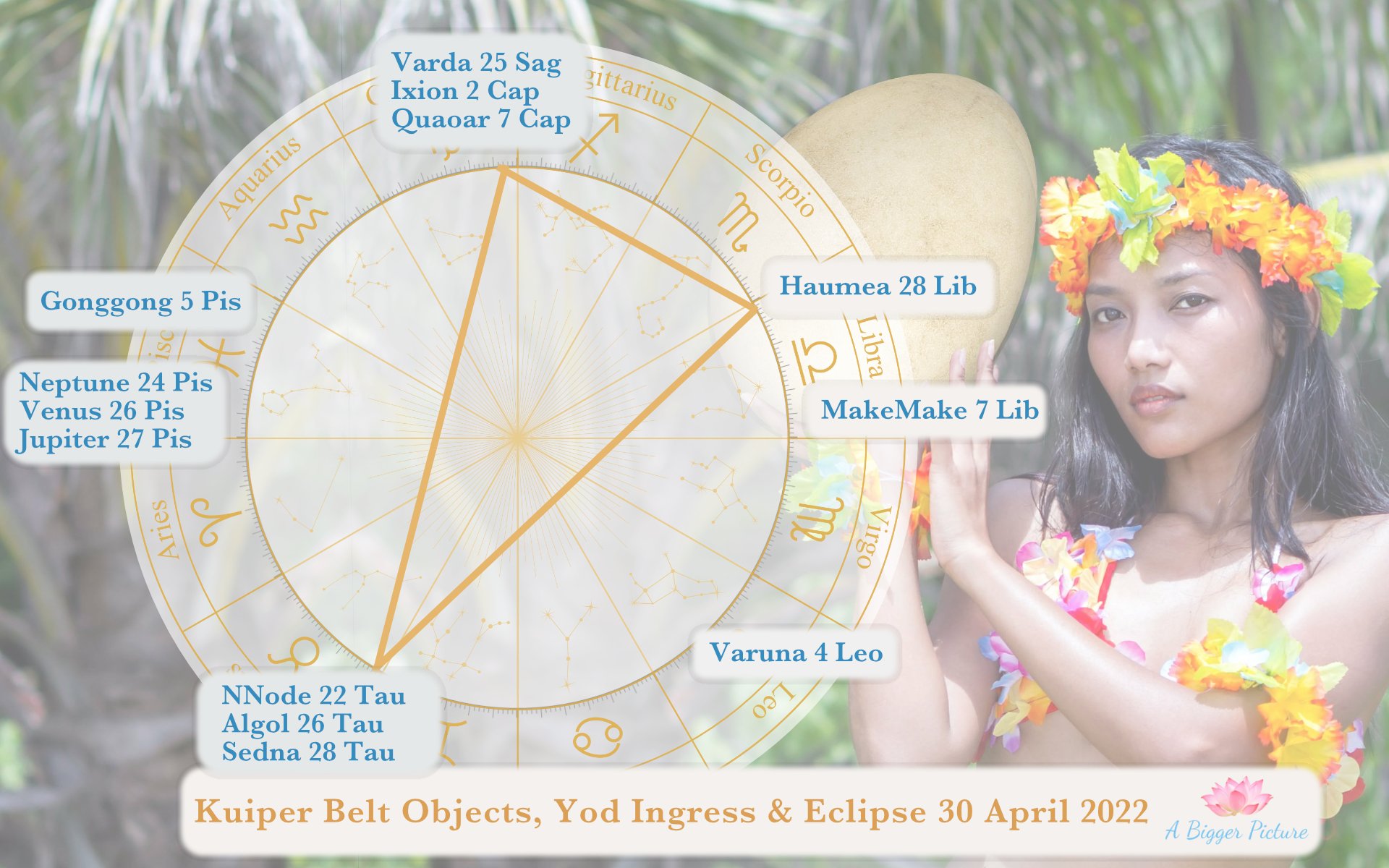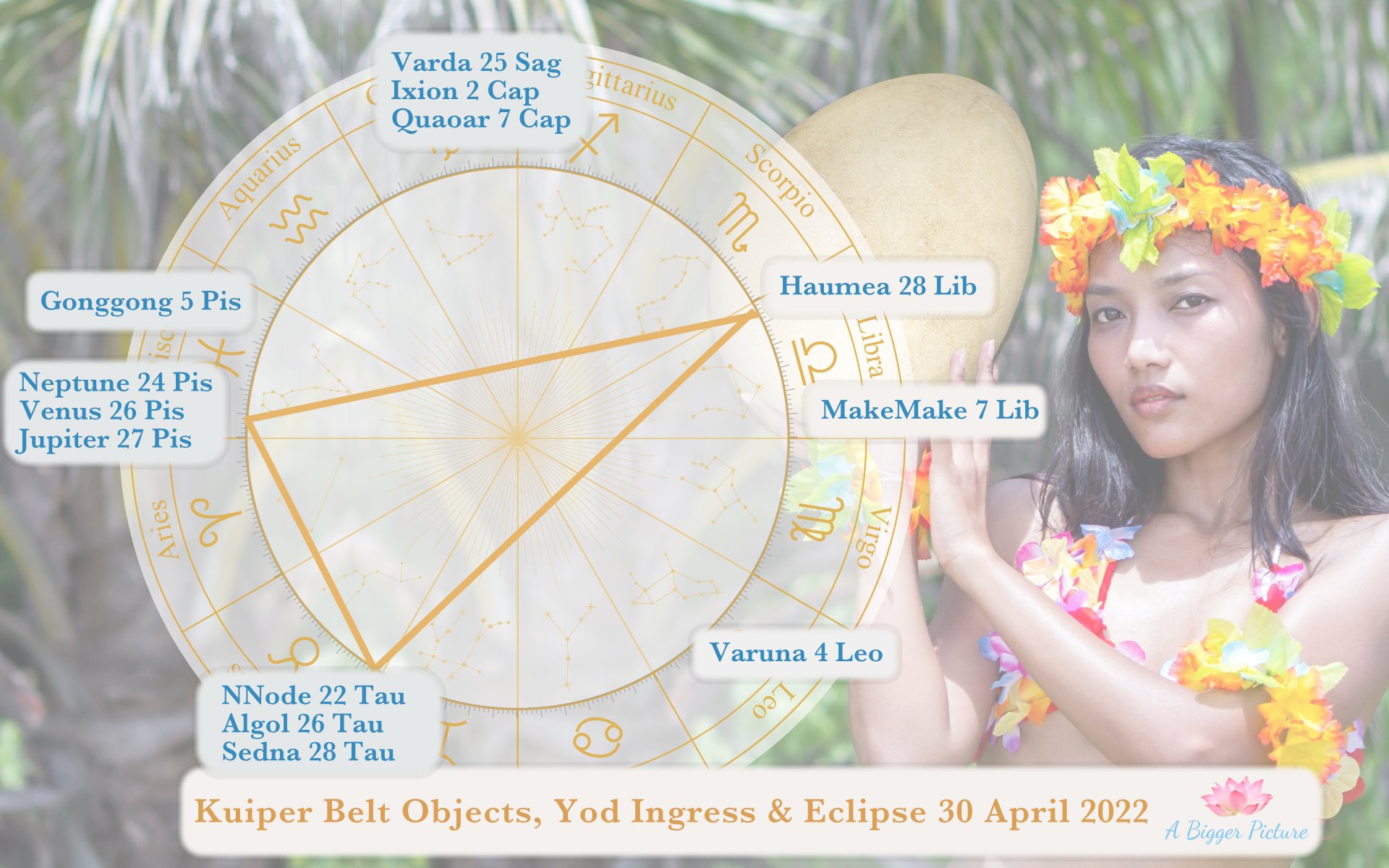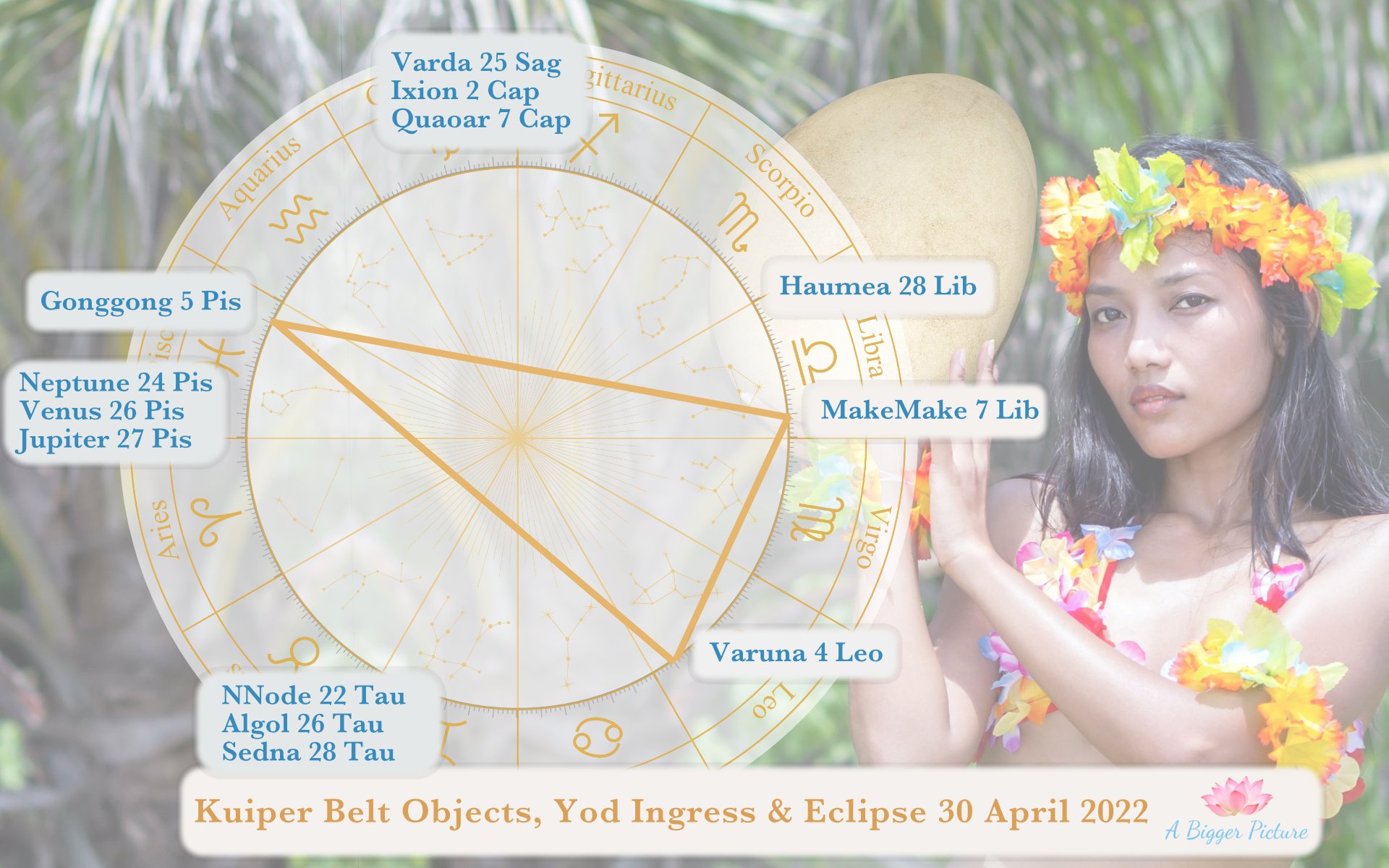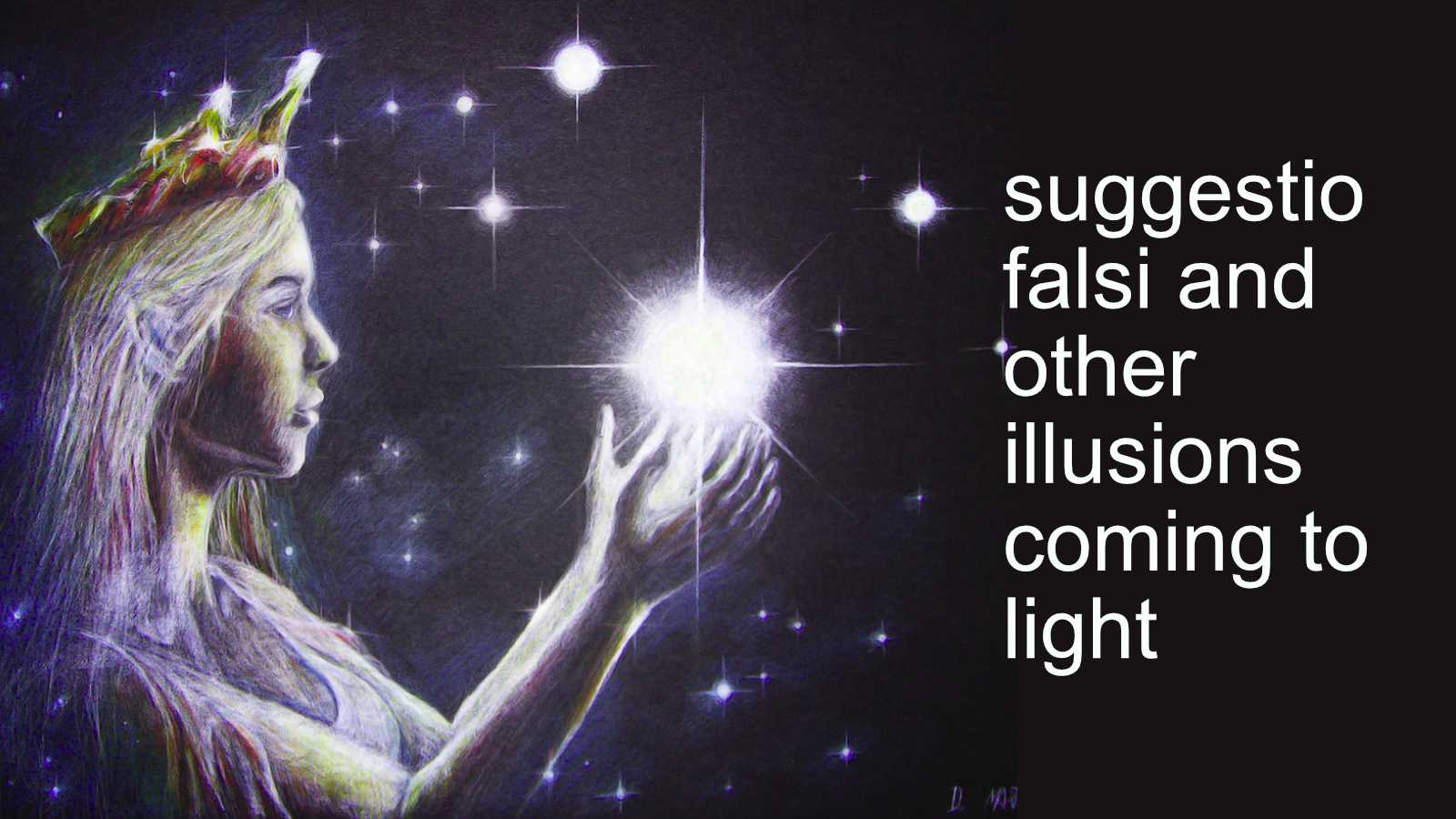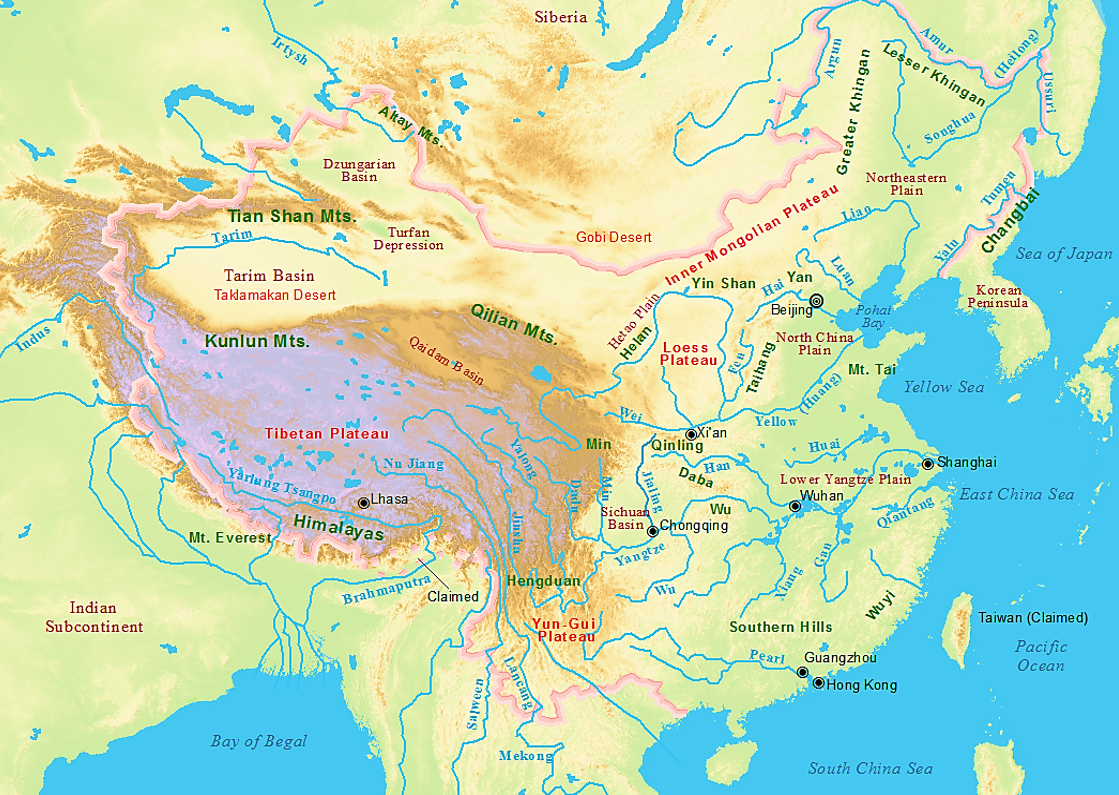Trans-Neptunian Objects and Kuiper Belt Objects in Astronomy?
According to Wikipedia, a trans-Neptunian object (TNO) is any minor planet in the Solar System that orbits the Sun at a greater average distance than Neptune.
Typically, TNOs are further divided into the classical and resonant objects of the Kuiper belt, the scattered disc and detached objects with the sednoids being the most distant ones. As of October 2020, the catalog of minor planets contains 678 numbered and more than 2,000 unnumbered TNOs. The first trans-Neptunian object to be discovered was Pluto in 1930. It took until 1992 to discover a second trans-Neptunian object orbiting the Sun directly, 15760 Albion. The most massive TNO known is Eris, followed by Pluto, Haumea, Makemake, and Gonggong. TNOs vary in color and are either grey-blue (BB) or very red (RR). They are thought to be composed of mixtures of rock, amorphous carbon and volatile ices such as water and methane, coated with tholins and other organic compounds.
These are ice-rock bodies that inhabit the outer solar system in areas commonly known as the Kuiper belt, the Scattered Disc and the Oort Cloud.
According to Wikipedia, after the discovery of Pluto in 1930, many speculated that it might not be alone. The region now called the Kuiper belt was hypothesised in various forms for decades. It was only in 1992 that the first direct evidence for its existence was found. The number and variety of prior speculations on the nature of the Kuiper belt have led to continued uncertainty as to who deserves credit for first proposing it. Despite many astronomers making valuable contributions, the Kuiper belt was named after Dutch astronomer Gerard Kuiper, although he did not predict its existence.
Image: Quaoar Haumea Makemake orbits 2018 via Wikimedia Commons.
The Kuiper belt is distinct from the hypothesised Oort cloud, which is believed to be a thousand times more distant and mostly spherical. The objects within the Kuiper belt, together with the members of the scattered disc and any potential Hills cloud or Oort cloud objects, are collectively referred to as trans-Neptunian objects (TNOs)
Below is a list of the Kuiper belt objects (that had already been named) in the order of being the most brightest as viewed from Earth:
Pluto
MakeMake
Haumea
Charon
Orcus
Quaoar
Varda
Varuna
Ixion
The most important aspect for the reader to observe in the image to the right, is the horisontal yellow line titled ECLIPTIC, in the Side View. This is the plane that the inner and outer planets orbit around the sun. This is the general orbit of planets like Mercury, Venus, Mars, Jupiter, Saturn, Uranus and Neptune; on the ecliptic. Pluto is the first TNO that makes a deviation from this norm, which is the normal for the TNOs. Eris for example, makes a very wide inclination of 44 degrees. Sedna, on the other hand, moves in such a wide elliptical orbit that it orbits into the Oort Cloud, which is considered the most distant area of known space. The TNOs have much in common, however, they also have great differences, which is why it has been such a challenge for astronomers to reach a consensus around classifications based on characteristics.
Image: The last planet, to the right, is Gonggong via Wikimedia Commons.
The number of trans-Neptunian objects discovered each year
Now let us look at some of the outer planets and the TNOs in terms of discovery date:
Neptune 23 September 1846
Pluto 18 February 1930
Varuna 28 November 2000
Ixion 22 May 2001
Quaoar 4 June 2002
Varda 21 June 2003
Sedna 19 November 2003
Orcus 17 February 2004
Haumea 28 December 2004
Eris 5 January 2005
MakeMake 31 March 2005
Gonggong 17 July 2007
Image: The number of objects discovered outside the orbit of Neptune each year via Wikimedia Commons. Credit Miketwardos
Image: Size Comparisons via Wikimedia Commons. Attribution: Lasunncty
Size Comparisons
To the right is an image of size comparison between the Moon, Neptune's moon Triton, Pluto, several large TNOs, and the asteroid Ceres. Their respective shapes are not represented. Click to enlarge the image.
Orbit Around the Sun
Below is a look at the planets in terms of their distance from the Sun, and their orbit around it:
Neptune takes 165 years
Orcus takes 245.19 years
Pluto takes 248 years
Ixion takes 251 years
Varuna takes 279 years
Haumea takes 283 years
Quaoar takes 288 years
MakeMake takes 306 years
Varda takes 313 years
Gonggong takes 554 years
Eris takes 556 years
Sedna takes 11,390 years.
Below is an artistic comparison of Pluto, Eris, Haumea, Makemake, Gonggong, Quaoar, Sedna, Orcus, Salacia, 2002 MS4, and Earth along with the Moon.
Image: Trans Neptunian planets from Wikimedia Commons. Click to enlarge.

There is a new online course about the trans-Neptunian and Kuiper Belt Objects involved in the strange mixed bag of energies we've been having since the start of 2020, with some stretching beyond 2030.
It’s about the five pointed star in the sky, the four Yods and three Hammer of Thor aspect patterns.




The Gonggong Yod is all about the massive chaos caused by floods, too much rain and landslides.
The Sedna Yod is about the respect for people, animals and the natural world being violated and betrayed, and how the natural world can come back to bite. When the WHO announced a global health emergency on 31 January 2020, Haumea in Libra was sextile to Ixion in Sagittarius making a Yod apex on Sedna and malefic fixed star Algol. When WHO announced a global health emergency for Monkey Pox on 24 July 2022, the Sedna Yod was again active with apex on Sedna at 29 degrees Taurus; the crisis degree.
The Varuna Yod is about sacred law and order, justice and truth in the cosmos that is returning as some reconnect to their emotions, and come to their senses regarding social injustices.
The Haumea Yod is about being able to birth the new, and wild abundance and providence of nature that can be created when appropriate governmental structures support benevolence for all.
The MakeMake square Quaoar aspect is about is about the smite that the Hammer of Thor apex makes in Taurus smiting things Taurus, perhaps into oblivion. Curiously, both this Hammer apex and the Sedna Yod makes apexes in Taurus, which is the sign of the bull. Together they are creating massive upset and change in agriculture, the natural world, earth matters, and with cattle; with the recent threat of foot and mouth disease in Australia a great example of the manifestation of this energy. This Hammer apex will also be on malefic fixed star Algol, Uranus and eventually Sedna.
The Eris square Pluto aspect also created a Hammer of Thor apex on Orcus in Virgo, sending everyone packing for the underworld.
Learn more about the bigger picture by going to courses.
More Astrological Articles:



